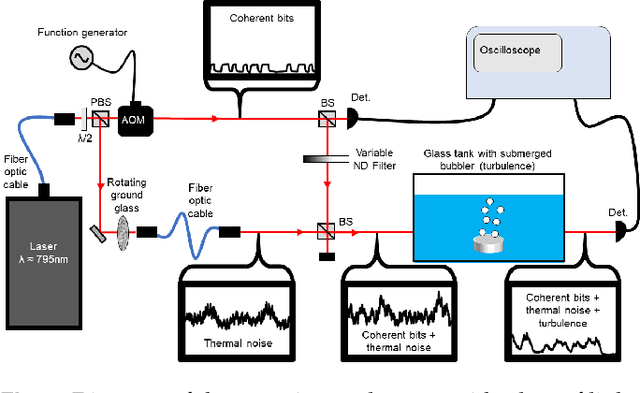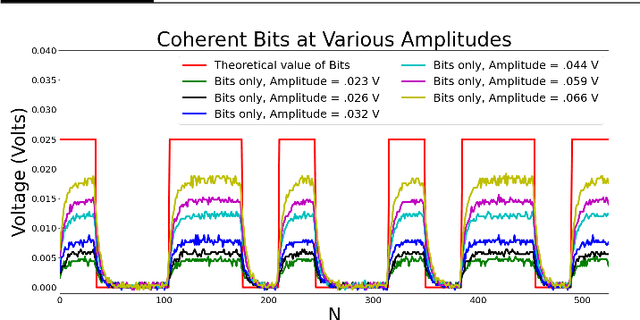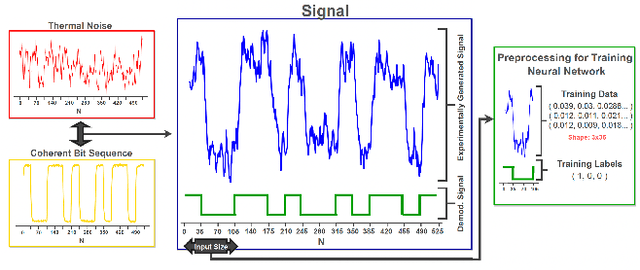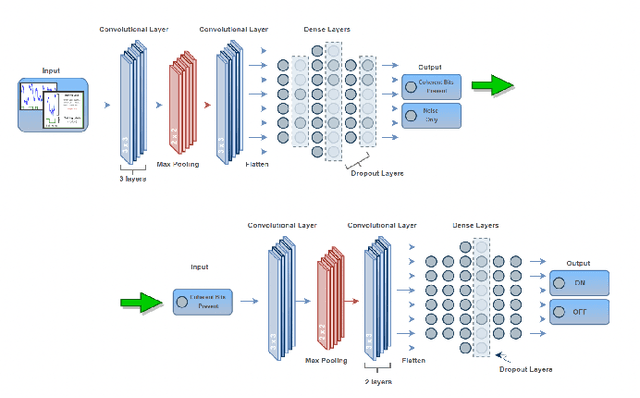Lior Cohen
$\text{M}^{\text{3}}$: A Modular World Model over Streams of Tokens
Feb 20, 2025Abstract:Token-based world models emerged as a promising modular framework, modeling dynamics over token streams while optimizing tokenization separately. While successful in visual environments with discrete actions (e.g., Atari games), their broader applicability remains uncertain. In this paper, we introduce $\text{M}^{\text{3}}$, a $\textbf{m}$odular $\textbf{w}$orld $\textbf{m}$odel that extends this framework, enabling flexible combinations of observation and action modalities through independent modality-specific components. $\text{M}^{\text{3}}$ integrates several improvements from existing literature to enhance agent performance. Through extensive empirical evaluation across diverse benchmarks, $\text{M}^{\text{3}}$ achieves state-of-the-art sample efficiency for planning-free world models. Notably, among these methods, it is the first to reach a human-level median score on Atari 100K, with superhuman performance on 13 games. Our code and model weights are publicly available at https://github.com/leor-c/M3.
Improving Token-Based World Models with Parallel Observation Prediction
Feb 13, 2024Abstract:Motivated by the success of Transformers when applied to sequences of discrete symbols, token-based world models (TBWMs) were recently proposed as sample-efficient methods. In TBWMs, the world model consumes agent experience as a language-like sequence of tokens, where each observation constitutes a sub-sequence. However, during imagination, the sequential token-by-token generation of next observations results in a severe bottleneck, leading to long training times, poor GPU utilization, and limited representations. To resolve this bottleneck, we devise a novel Parallel Observation Prediction (POP) mechanism. POP augments a Retentive Network (RetNet) with a novel forward mode tailored to our reinforcement learning setting. We incorporate POP in a novel TBWM agent named REM (Retentive Environment Model), showcasing a 15.4x faster imagination compared to prior TBWMs. REM attains superhuman performance on 12 out of 26 games of the Atari 100K benchmark, while training in less than 12 hours. Our code is available at \url{https://github.com/leor-c/REM}.
Deep learning for enhanced free-space optical communications
Aug 15, 2022



Abstract:Atmospheric effects, such as turbulence and background thermal noise, inhibit the propagation of coherent light used in ON-OFF keying free-space optical communication. Here we present and experimentally validate a convolutional neural network to reduce the bit error rate of free-space optical communication in post-processing that is significantly simpler and cheaper than existing solutions based on advanced optics. Our approach consists of two neural networks, the first determining the presence of coherent bit sequences in thermal noise and turbulence and the second demodulating the coherent bit sequences. All data used for training and testing our network is obtained experimentally by generating ON-OFF keying bit streams of coherent light, combining these with thermal light, and passing the resultant light through a turbulent water tank which we have verified mimics turbulence in the air to a high degree of accuracy. Our convolutional neural network improves detection accuracy over threshold classification schemes and has the capability to be integrated with current demodulation and error correction schemes.
 Add to Chrome
Add to Chrome Add to Firefox
Add to Firefox Add to Edge
Add to Edge